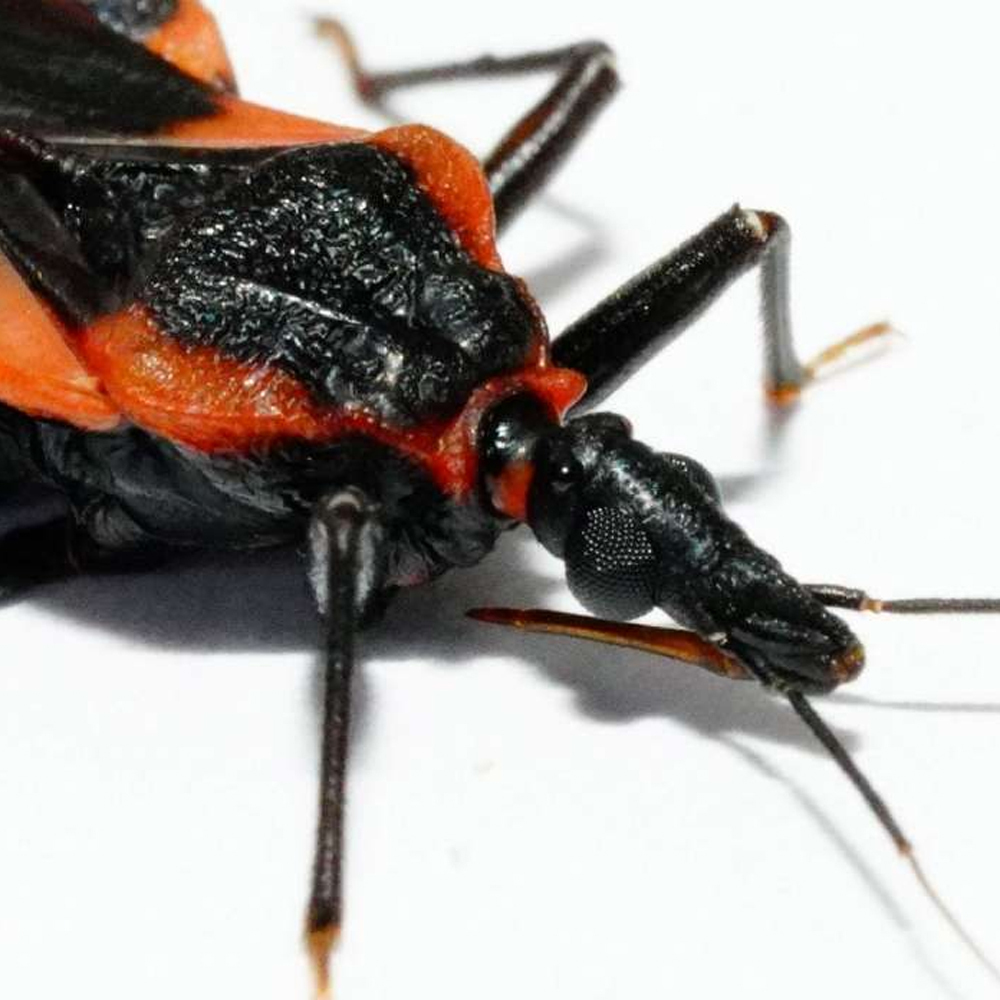Chagas disease, often dubbed “the silent killer,” emerges from the shadows, reminiscent of a thief that infiltrates the night unnoticed. This parasitic affliction, caused by the Trypanosoma cruzi organism, employs stealthy tactics to invade the human body, wreaking havoc in ways that can go undetected for years. With its roots firmly planted in South America, Chagas disease has begun to unfurl its tendrils into the Floridian landscape, presenting a burgeoning health crisis that demands our immediate attention.
The lifecycle of the Trypanosoma cruzi parasite begins with an unsuspecting host—the triatomine bug, often referred to as the “kissing bug” due to its proclivity for biting around the mouth and eyes. After feasting on human blood, the bug defecates, leaving behind feces that contain the parasite. As the adage goes, “out of sight, out of mind.” Most innocuous are the symptoms at first: fatigue, fever, and swelling, which may lead individuals into believing they are merely suffering from a common cold. However, like a slow-acting poison, Chagas disease advances insidiously, laying the groundwork for much more serious complications, including cardiomyopathy and gastrointestinal disorders.
The asymptomatic stage can stretch for decades, offering a deceptive veil of normalcy. Yet, as time unfolds, the parasite steadily infests the heart and digestive systems, sowing the seeds of irreversible damage. A staggering statistic reveals that approximately 30% of those infected will endure these debilitating consequences. Therefore, awareness becomes paramount; the disease seeks to blend into the background of everyday life, but the stakes are far too high to ignore.
Moreover, the unique terrain of Florida—with its climate, agriculture, and dynamic population—creates a fertile ground for the disease to proliferate. The climbing temperatures are akin to a siren call for the kissing bug population, increasing encounters between humans and these vectors. With a swift change in transmission patterns, health officials are left racing against time to formulate strategies for prevention and treatment.
Public health campaigns increasingly emphasize the importance of early diagnosis and intervention. Blood tests can identify infections, allowing healthcare professionals to administer effective treatment before irreversible damage occurs. Knowledge is indeed power, as individuals can fortify their defenses by understanding risk factors and taking proactive measures to mitigate exposure.
Chagas disease reminds us that even in the most seemingly tranquil environments, unseen dangers lie in wait. As communities rally to combat this silent adversary, vigilance, education, and compassion can illuminate a path toward understanding and ultimately controlling what has so stealthily emerged as a public health crisis. In the battle against Chagas disease, we must unmask the hidden threats that loom in our own backyards.
